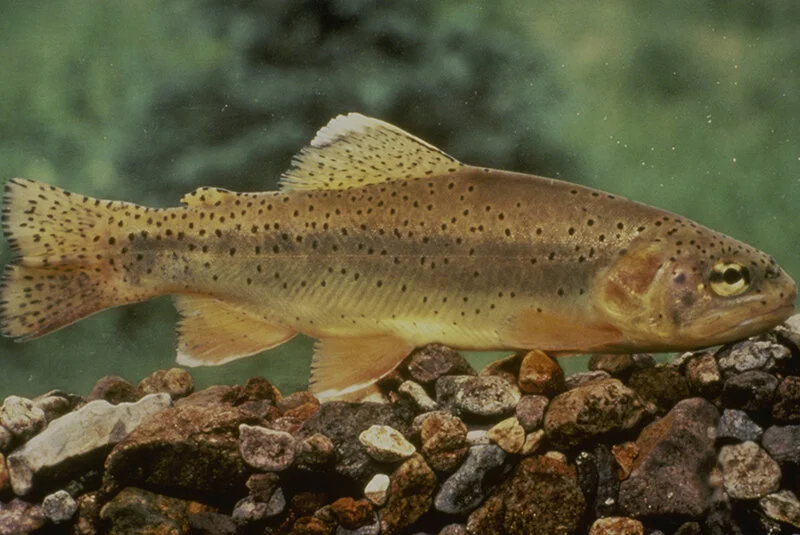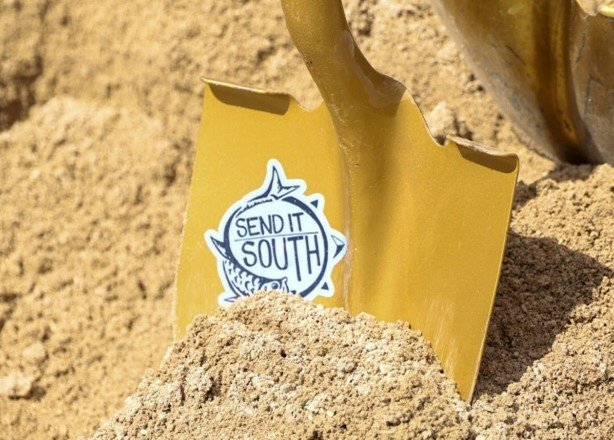Federal regulators see no tie between whale deaths and offshore wind development
Kirk Moore, National Fisherman, January 19, 2023
U.S. fisheries and offshore energy officials said there is no evidence to support allegations that offshore survey work for wind power development might be a factor in more than a dozen dead whales washing up on East Coast beaches in the last six weeks.
The discovery of 14 dead whales, mostly humpbacks, since Dec.1 may be part of a larger “unusual mortality event” among Atlantic humpbacks that started in January 2016, and to date counts 178 animals, officials with the National Oceanic and Atmospheric Administration and Bureau of Ocean Energy Management said in a Jan. 18 briefing with reporters.
The strandings of two dead humpback whales at Atlantic City, N.J., in December brought protests from groups opposed to offshore wind energy projects, who contend the animals could have been harmed by vessels that tow survey equipment and sample the sea floor for developers planning to install wind turbines and power cables off New Jersey.
Agency representatives said there is no evidence to support those claims. “I want to be unambiguous: There is no information supporting that any of the equipment used in support of offshore wind development could directly lead to the death of a whale,” said Benjamin Laws, deputy chief for permits and conservation with NOAA Fisheries Office of Protected Resources.
Offshore wind critics question if sounds from survey equipment could be harming whales. BOEM officials – who oversee offshore oil and gas development as well in the Gulf of Mexico – said the survey tools used for wind projects off the East Coast are akin to sonar rather than the loud acoustic signals used for oil exploration.
Seismic “air guns” towed behind survey vessels during oil and gas exploration “are very high energy” intended to penetrate kilometers under the seabed to chart geologic formations, said Erica Staaterman of BOEM's Center for Marine Acoustics.
By contrast high resolution geophysical survey systems used for wind power surveys generate sound in short bursts of milliseconds, at longer intervals around 15 seconds, in narrow beams of sound that affect much smaller areas in the ocean than air guns, said Staaterman.
Baleen whales like humpbacks – named for the filter-feeding structures in their mouths – are sensitive to lower sound frequencies. Most survey systems generate sound in mid- to higher frequencies, said Staaterman.
“It’s important to keep that in mind,” she added. “It’s one of the first things we look at.”
Most of the survey work is looking at the sea floor and underlying “sub-bottom” to help evaluate conditions for building turbine foundations and cable corridors, said Brian Hooker, biology team lead for BOEM’s Office of Renewable Energy Programs.
Such surveys “are commonly used around the world” and there is no history of them causing whale deaths, said Laws of NOAA.
Necropsies on one of the whales found at Atlantic City and another just north in Brigantine, N.J., found evidence the animals had been struck by vessels. Hooker said BOEM requires workboats on offshore wind projects to adhere to speed limits to protect marine mammals. “We have a pretty rigorous reporting requirement for these vessels,” he said. That includes maintaining observers on board to watch out for whales.
Read on at National Fisherman































